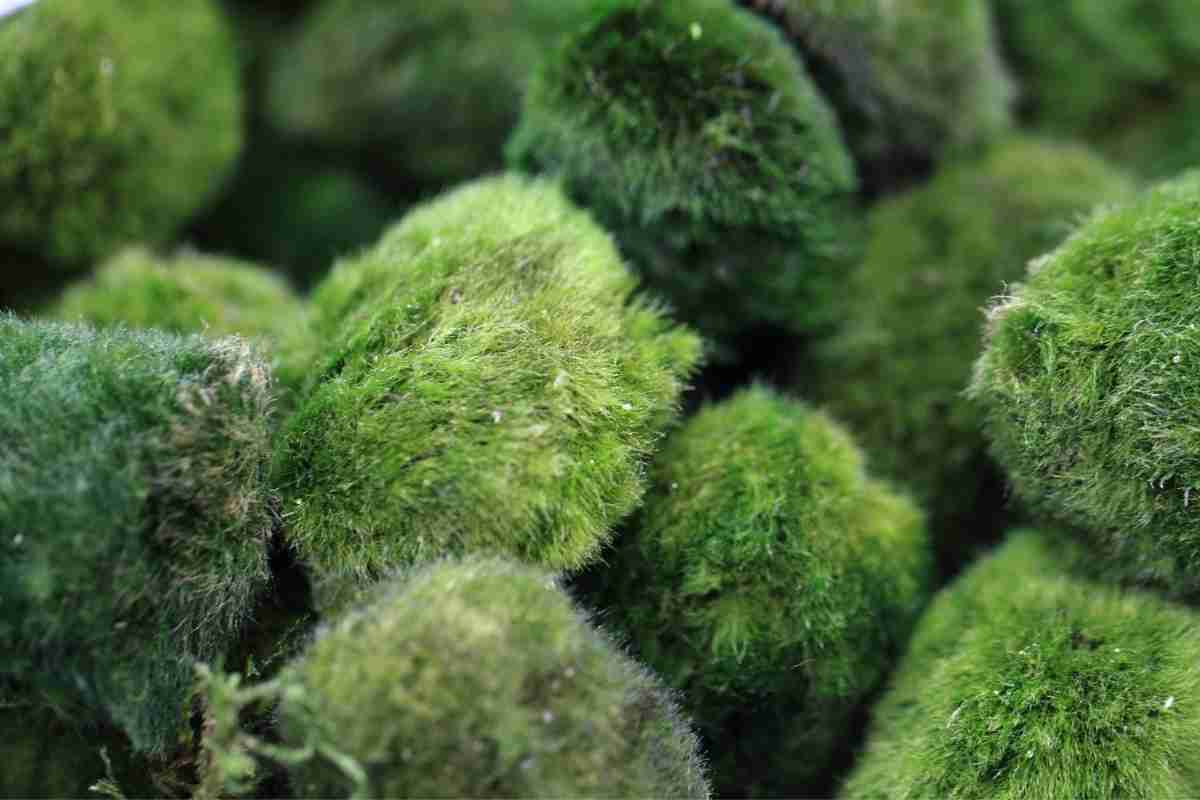
What Are Moss Ball Pets? Detailed Guide!
Read more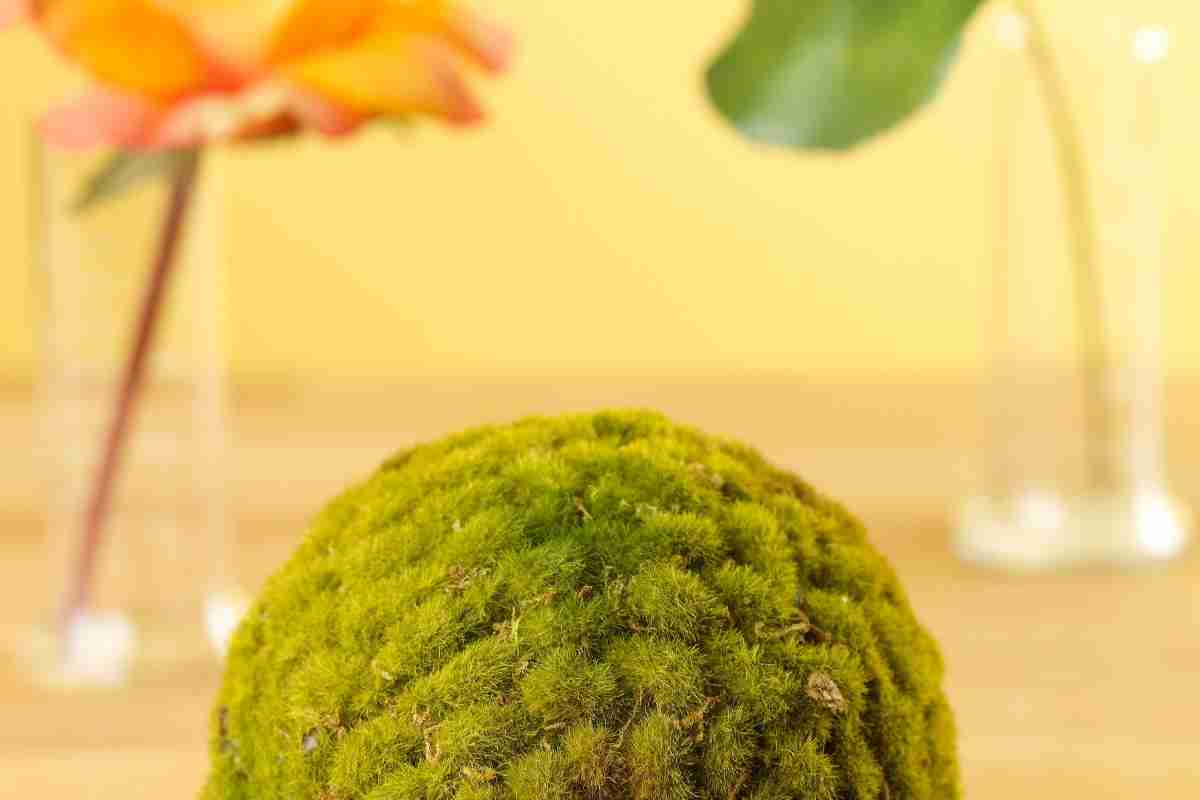
Do Moss Balls Have Worms? Is It Normal?
Read more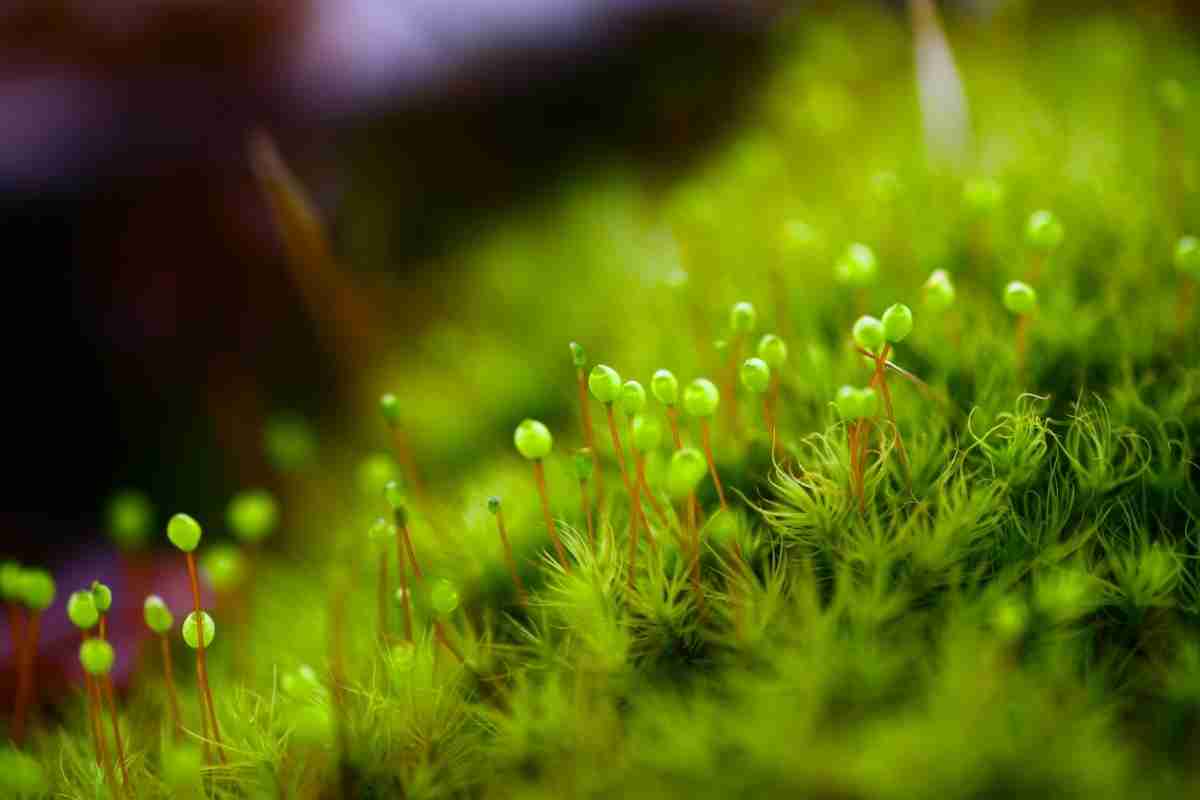
How Does Moss Reproduce? (Asexually And Sexually)
Read more
Supporting Your Monstera: The Best Moss Poles for Your Climbing Plants
Read more
Is Moss Edible? Top 5 Edible Mosses
Read more
How to Grow Moss with Yogurt? Step By Step Guide!
Read more
How To Grow Moss On Concrete Statues?
Read more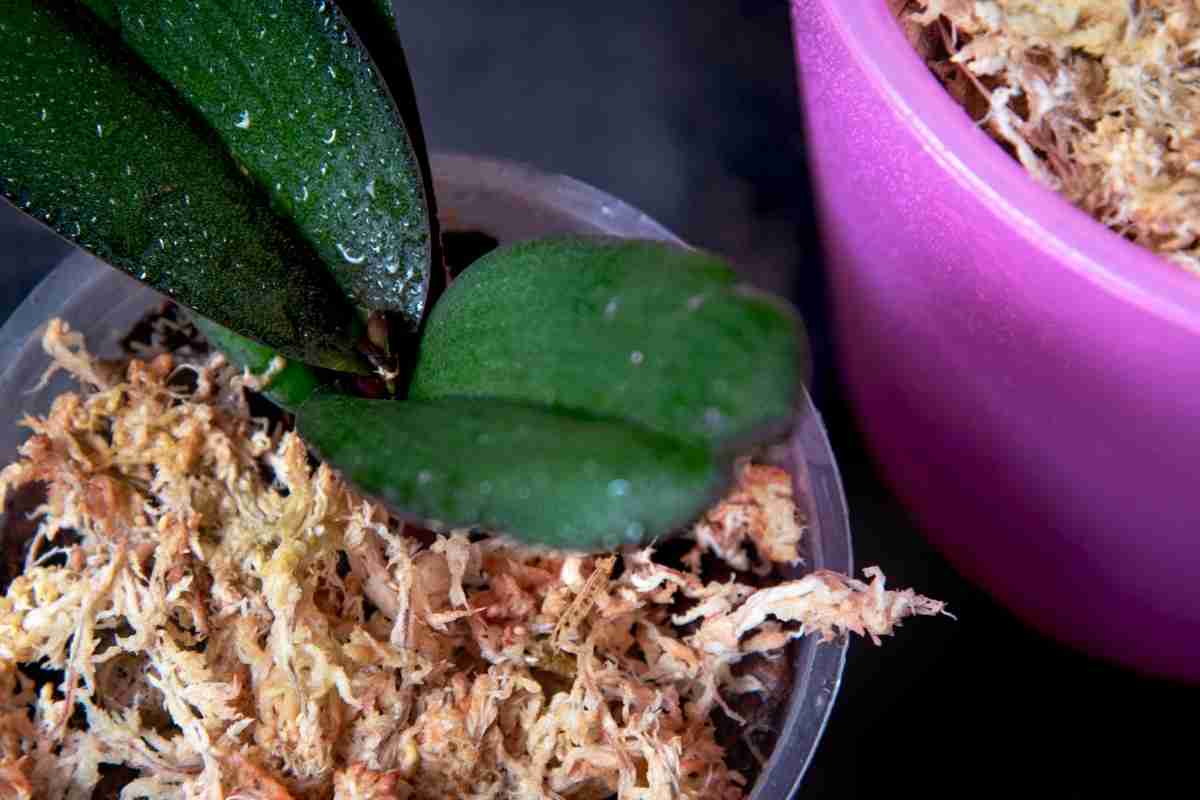
Can Dried Sphagnum Moss Come Back To Life?
Read more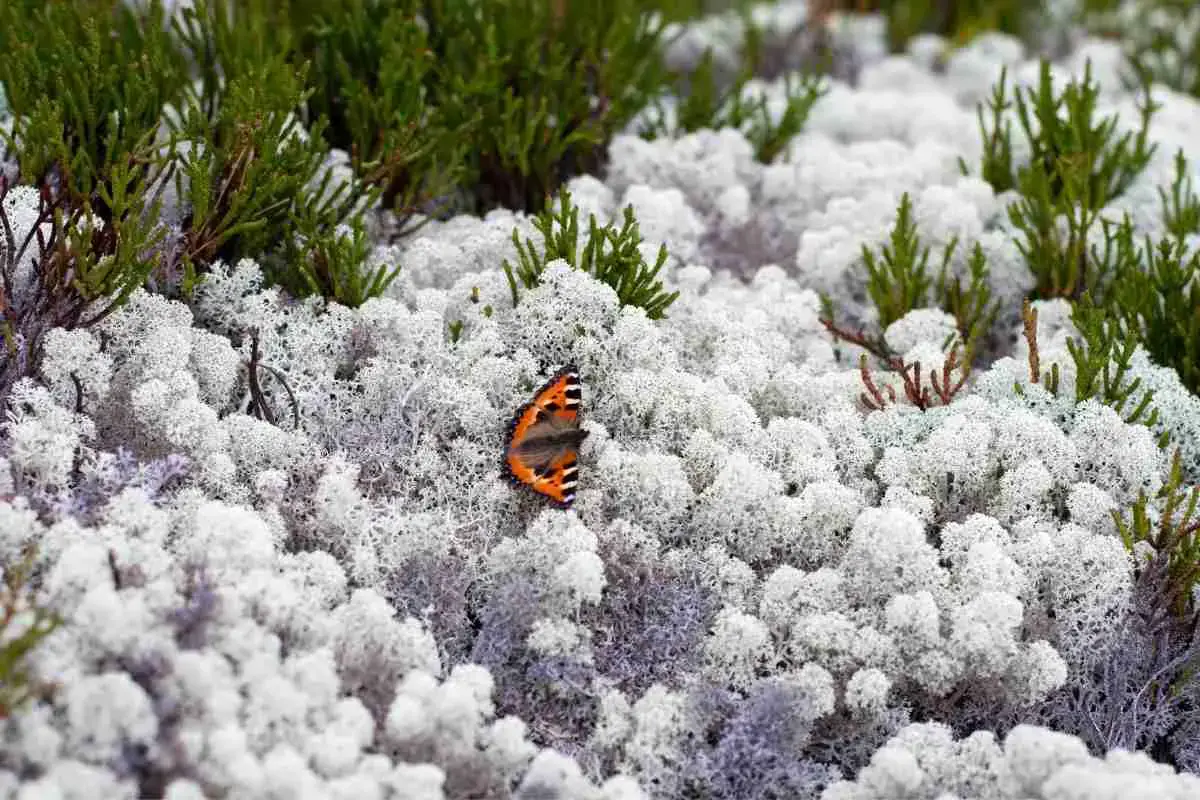
22 Different Types of Lichens (Detailed Guide)
Read more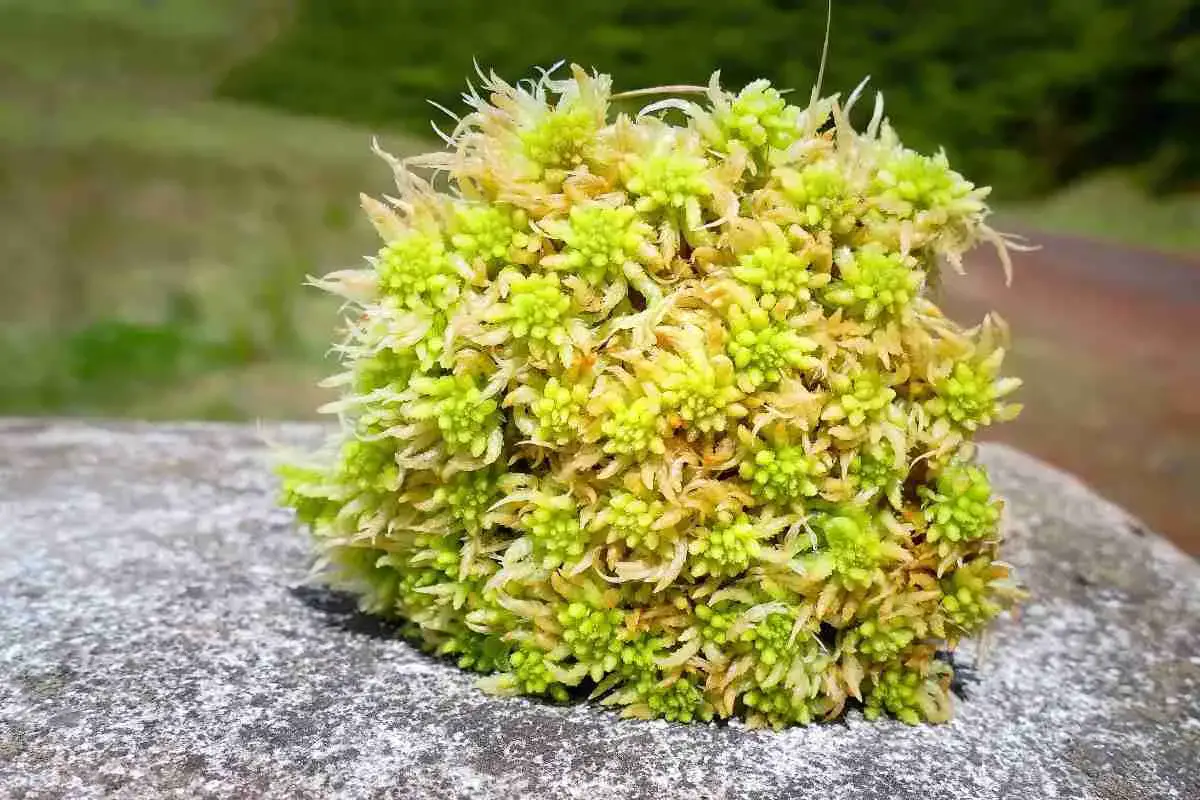
Does Sphagnum Moss Turn Green? Live Or Dried
Read more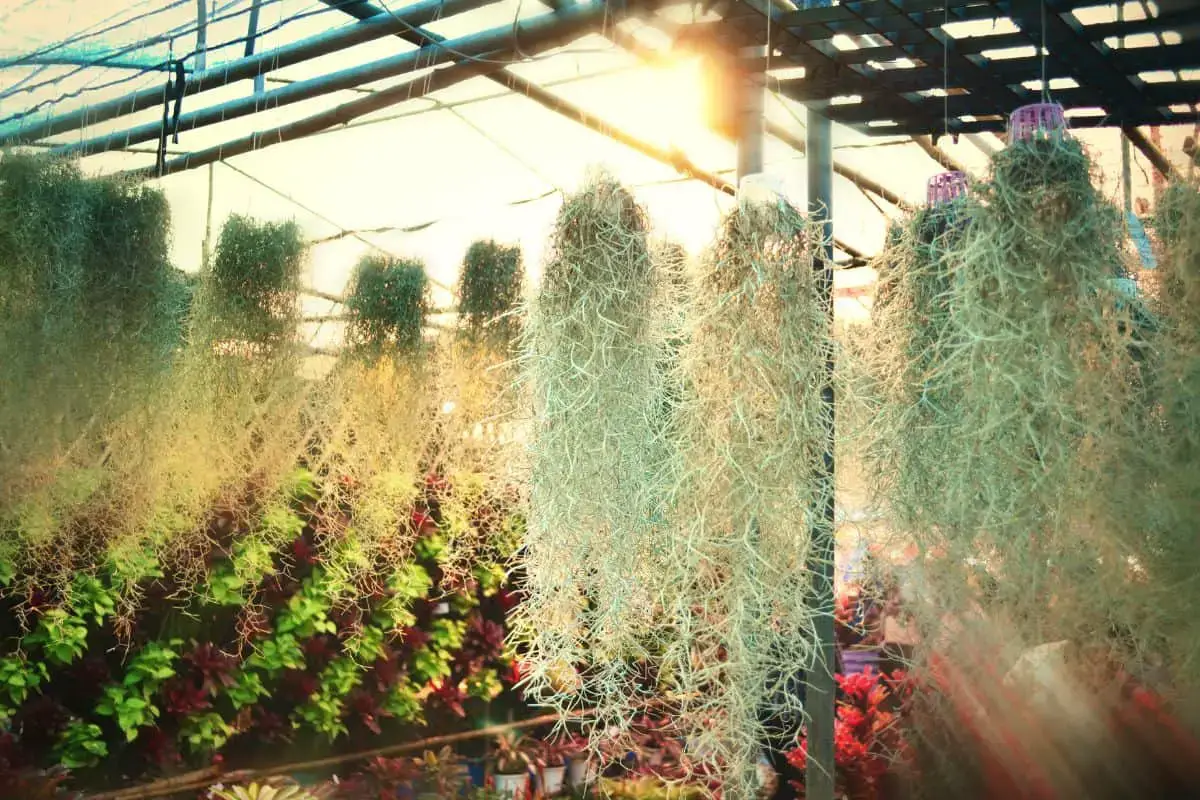
Is Your Spanish Moss Turning Brown? Here’s Why!
Read more